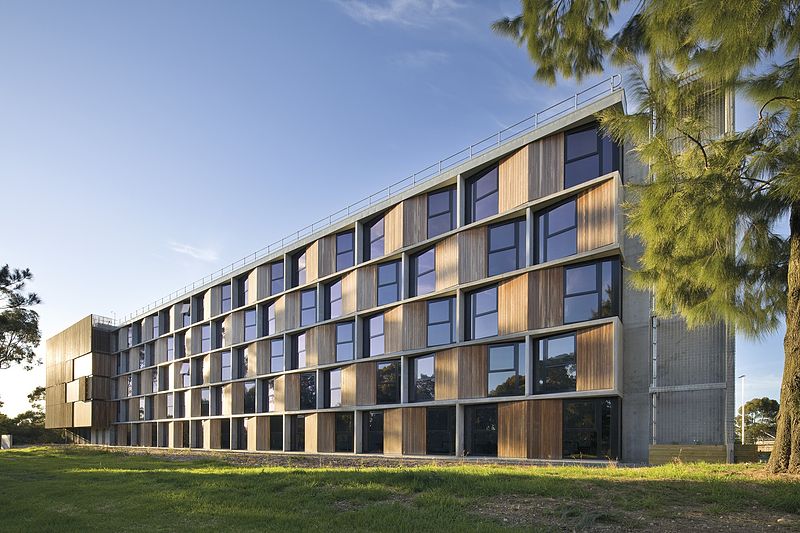Scotland’s Purpose-Built Student Accommodation (PBSA) received transactions of £100 million in 2017, as applicant numbers increased for the fifth year in a row, according to figures produced for GVA’s Student Housing Review. Aberdeen saw the country’s most activity with £51 million transacted, while £40 million was transacted in Edinburgh, £10.75 million in Glasgow and £2 million in Stirling.
The 2% year-on-year increase includes a 4% growth in non-EU applicants, totalling now at 36,850. This growth is thought to be due to the relative weakness of sterling, while the strength of the UK higher education system and rental growth outperforming inflation were key factors in the continuing robust performance of the sector nationally.
Glasgow saw the second biggest increase in purpose-built beds in the UK, with a 16% rise. Average rents in the city were £146 p/w, down 2.9% on the previous year and no new beds are currently under construction. In Edinburgh, rents were down 1.3%, at £147 p/w and there are 506 new beds currently under construction. Aberdeen’s average rents remained unchanged and there are 618 beds under construction.
University owned accommodation accounts for 51.6% of the total in the UK. En-suites and studios are by far the most prevalent in new developments, with the private sector delivering a disproportionately high number of studios. There are now just under 219,000 private purpose-built beds, representing a 9.2% increase on last year, compared to 1.7% for university owned stock.
“The weakness of Sterling and the enduring reputation of our higher education institutions continue to make studying in Scotland attractive to overseas students. The value provided by the current exchange rate also means the student housing market appeals to investors at home and abroad,” said Keith Aitken, regional senior director for GVA in Scotland.
He also suggested that there are “considerable opportunities for investors to work with universities to improve or rebuild their existing accommodation. However, there may be an over-supply risk on studio apartments in some areas and this is something that needs to be closely monitored when assessing locations.”


